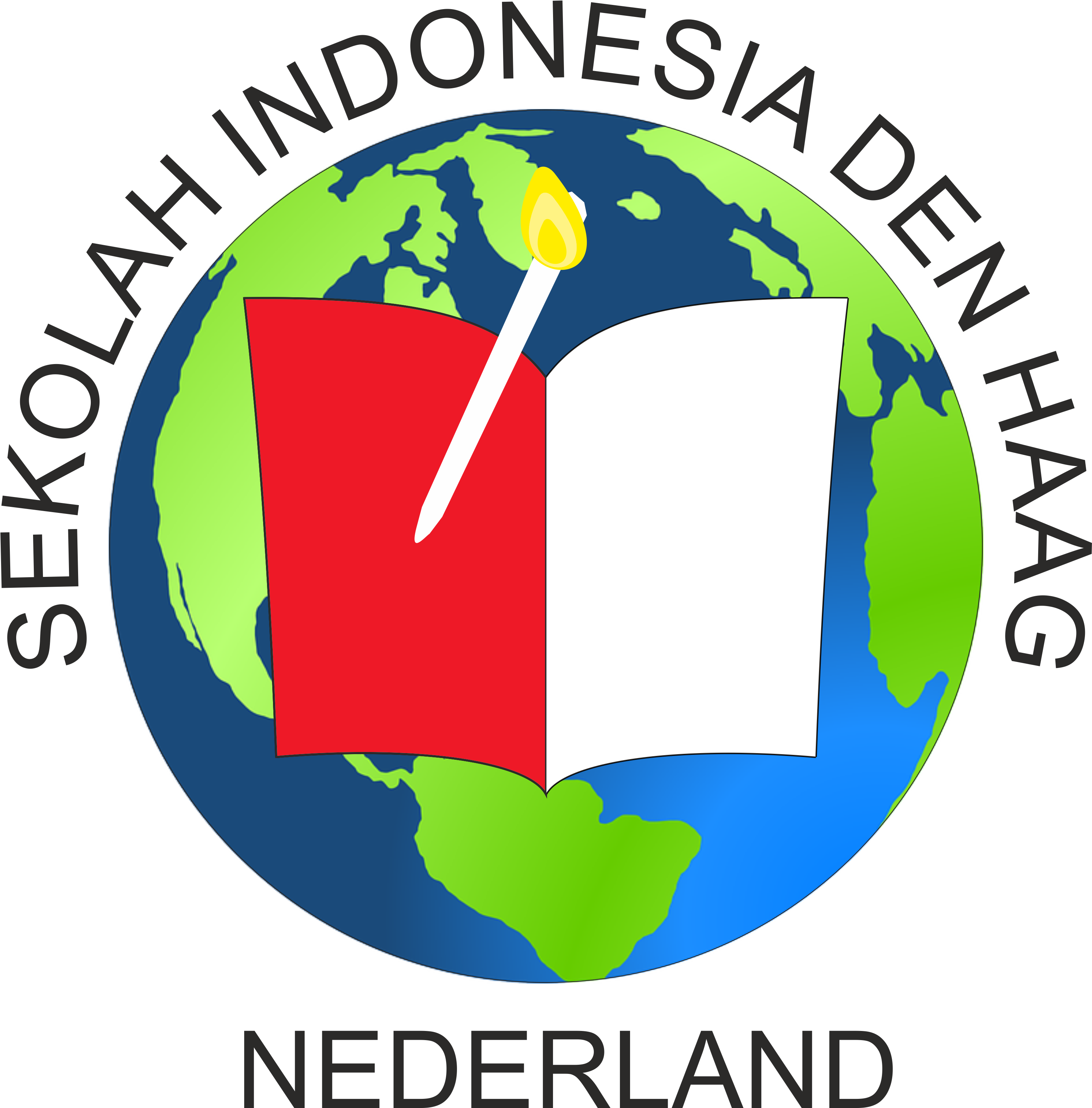 By Gunaryadi
By Gunaryadi
On 16 May 2013 two major dailies in The Netherlands, De Telegraaf and de Volkskrant reported that 15 Dutch schools in Spain, Portugal and Italy would be in huge problem if The Hague finally decided to terminate the long-standing education subsidy to Dutch schools abroad which annually reached 7.5 million euro. Further effect of the national budget austerity package would force many of similar schools to shut down. Those schools were mainly located in Southern European countries that endured the hardest hit of the Eurozone crisis, and most of the Dutch parents working in the countries are paid under the local standards and employers. According to the two dailies, the representatives of those schools had written an appeal to Minister Jet Bussemaker of Education, Culture and Science.
Dutch schools in foreign countries
The aims of Dutch schools abroad are, among others, to maintain students’ identities, in this case Dutch language and culture, to bring them closer to their roots and provide the opportunity where they can unlimitedly grow in international exposure. It will also improve students mobility by making it easier for them to tune in when their parents decided to return to The Netherlands or moving abroad.
In 2012, The Netherlands had 202 schools in foreign countries, which could be classified into 3 categories: 1). Dutch Language and Culture (NTC schools); 2). Fully fledge Dutch schools; and 3). Combination of the two through distance learning. NTC schools are the most common form of Dutch education in foreign countries. At those schools, students weekly receive a number of hours Dutch language and culture lessons. The pupils follow this kind of education as an addition or part of the local or international education. In 2012, 71% of Dutch students abroad followed this type of schooling (8,916): 86% of them at the primary (7,634) and 14% (1,282) at the secondary level.
The second form of schooling, the fully fledge Dutch schools apply the same curriculum as schools in the Netherlands. Under this scheme it is easier for kids moving from one Dutch school abroad to another and from a Dutch school abroad to those in The Netherlands or vice versa. In 2012, 18% students followed education at fully fledge Dutch schools abroad (2,228): 82% of whom at the primary (1,825), and 18% of them (403) attended the secondary education.
As the third form of schooling, through the distance learning programme Dutch children abroad can, at home, under guidance of their parents and/or guidance from the Netherlands, follow Dutch education. Through this kind of programme it is possible to pursue education similar to that of at the NTC schools, either partly or entirely. In 2012, 11% pupils followed this distance learning programme (1,456): 68% of them attended distance learning at primary (987), and 32% at secondary level (469).
Since 1 January 2012, Dutch schools have been existing in 76 countries around the globe. At the national level they are coordinated by the Stichting Nederlands Onderwijs in het Buitenland (Stichting NOB).
According to the Stichting NOB, the schools provided education to 12.600 Dutch pupils and students in 2012 at two levels of education: 10,446 primary school students (83%) and 2,154 secondary school students (17%). The participants of distance learning programme were 1,456 out of the total students. The location distribution of Dutch schools is widespread, however in term of significance, they primarily existed in the following 10 countries:
- Curaçao: 977 students
- USA: 847 students
- Germany: 608 students
- Spain: 579 students
- Greece: 509 students
- China: 478 students
- Singapore: 476 students
- Belgium: 432 students
- France: 404 students
- Aruba: 374 students
In Indonesia, Dutch schools are located in Yogyakarta: Stichting De Taaltuin (NTC Primary and Secondary Education/part-time), in Jakarta: Nederlandse Internationale School (Fully fledge Dutch Primary Education; and NTC Secondary Education), and in Bali: Stichting NTC-Bali (NTC Secondary Education/part-time).
Shared lessons
It is good chance to learn from Dutch experience, and it would be more beneficial to draw lessons from a comparative perspective as Indonesia also currently possesses 14 schools abroad; one of them is our school, The Indonesian School in The Netherlands. The experiences we can share include, inter alia:
First, The Netherlands has shown the urgency to maintain its national identity. The most obvious and strongest elements of identity are language and culture. In fact, internationally Dutch language and culture are not really influential compared to that of, e.g., English, Chinese, Arabic, Spanish or French. And the Dutch are one of the most internationally-oriented nations in the world. However, when it comes to national identity, they seriously cater for Dutch schools abroad. In The Netherlands itself, this identity concern is reflected by the implementation of the Ministry of Education, Culture and Science Regulation No. VO/BVB/143738 of 14 January 2011 on the status of international, foreign and embassy schools in the country which obliges them specially to provide sufficient Dutch lessons to students with Dutch nationality.
Second, Dutch schools have become the first choice of Dutch parents and pupils abroad. The ratio between the current population of the country and the number of students was 1,332:1; while Indonesia at this moment—in moderate estimation—has only achieved 7,914:1. This poses a crucial question to Indonesian parents abroad on the urgency of maintaining ‘Indonesianess’ of their next generation by making nearby Indonesian schools in foreign countries as the first choice of study for their children.
Third, it provides optimization of exposure in international setting while maintaining Dutch root. It is almost equivalent to our school’s vision: International standards, Indonesian values. At this point we understand that Dutch schools will allow their students to internalize Dutch norms and values while simultaneously grow and prominently achieve and compete at the international level. In other words, to be part of world-class community does not necessarily losing one’s ‘Dutchness’.
Fourth, Dutch schools make it easier for students to transfer from school to school using Dutch system. Similar curriculum and standards will prevent any transfer hurdles, for example, placement test, diploma equivalence procedures, etc. Our school offers similar competitive advantage.
Fifth, it is a question of money or long-term investment in education. We understand the difficulty The Hague is now facing: “Every choice is equally bad.” However, education should not be myopically viewed from the economic perspective alone. It is a human building enterprise and requires long-term investment. Quoting Aristotle (384-322 BC), education is the best provision for old age. The socioeconomic well-being The Netherlands enjoys today has been the fruit of the educational seeds planted by one, two or even more generations earlier.
In rational choice framework, it is deadly sensitive to contra pose money vis-à-vis education. Our school had experienced similar situation in the past which threatened its survival; yet the highest stakeholders in Jakarta eventually decided of ‘no closure’ as financial aspect was not really an issue when it comes to defend the existence of an Indonesian school in The Netherlands; and the economic malaise did not extend decades without recovery. Now, let us keep our fingers crossed the Eurozone will recover soon to trigger impulse to our Dutch peers in Southern Europe to find solution and move forward with their noble mission to maintain national characters and identity.
—
This article is personal insight of the author, and does not represent the institutional view of the Indonesian School in The Netherlands.



































